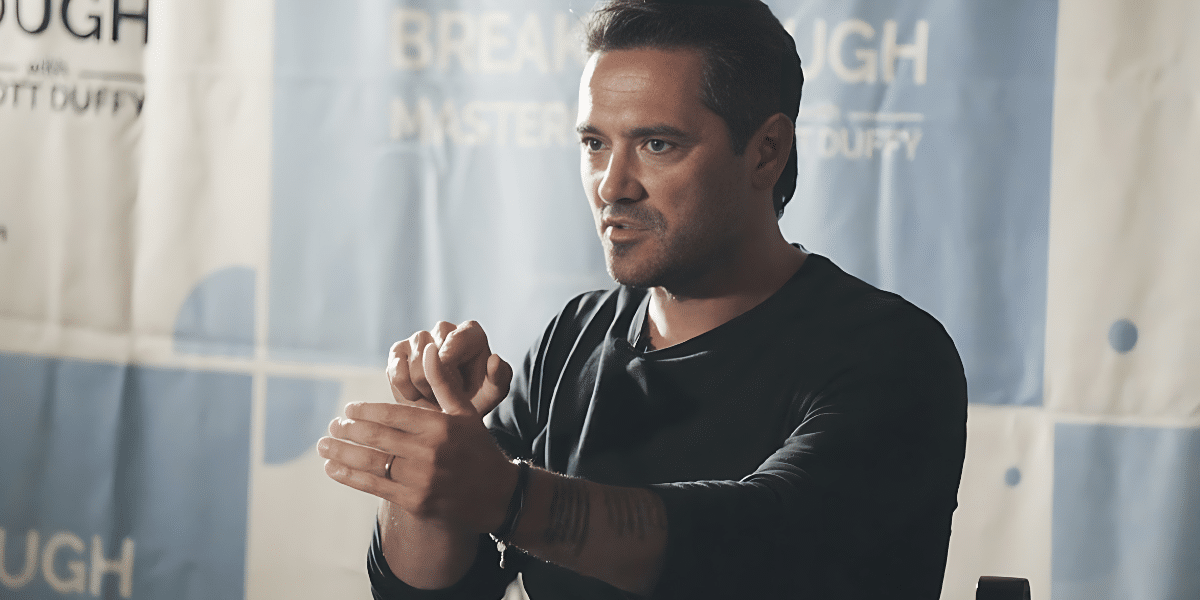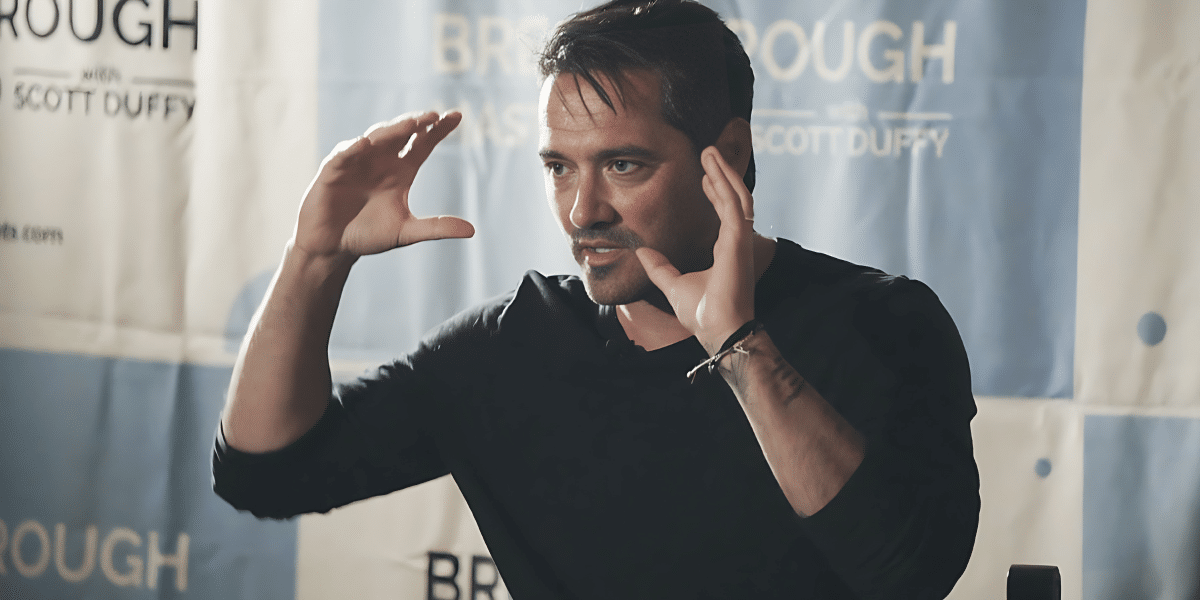The Importance of Good Parenting: Nurturing Tomorrow’s Leaders
Parenting is one of the most important and rewarding responsibilities that adults undertake. From the moment a child is born, parents play a crucial role in shaping their physical, emotional, and cognitive development. In this article, we’ll explore the significance of proper parenting and how it contributes to the well-being and success of children as they grow into adulthood.
Providing Unconditional Love and Support
At the heart of good parenting is the unconditional love and support that parents provide to their children. This love forms the foundation of a child’s sense of security and belonging, helping them develop a strong sense of self-worth and confidence as they navigate the challenges of growing up. By offering unwavering support and encouragement, parents help their children build resilience and develop the confidence to face life’s ups and downs with courage and determination.
Instilling Values and Morals
Good parenting involves instilling values and morals that guide children’s behavior and decision-making throughout their lives. Whether it’s teaching the importance of honesty, kindness, respect, or empathy, parents serve as role models for their children, demonstrating these values through their actions and words. By imparting a strong moral compass, parents help their children develop a sense of right and wrong, integrity, and personal responsibility that will serve them well in their interactions with others and in their contributions to society.
Setting Boundaries and Expectations
Setting boundaries and expectations is an essential aspect of good parenting, helping children understand acceptable behavior and develop self-discipline and self-control. By establishing clear rules and consequences, parents provide structure and consistency in their children’s lives, fostering a sense of security and stability. These boundaries help children learn to regulate their emotions, manage their impulses, and make responsible choices, laying the groundwork for success in school, relationships, and future endeavors.
Fostering Emotional Intelligence
Emotional intelligence, or the ability to recognize, understand, and manage one’s own emotions and those of others, is a key predictor of success in life. Good parenting involves nurturing emotional intelligence in children, teaching them to express their feelings, empathize with others, and cope with stress and adversity in healthy ways. By validating their children’s emotions, providing a safe space for them to express themselves, and teaching them constructive ways to deal with conflict and challenges, parents help their children develop the emotional resilience and social skills needed to navigate the complexities of human relationships and thrive in a diverse and interconnected world.
Encouraging Curiosity and Lifelong Learning
Good parenting encourages curiosity and a love of learning, fostering intellectual curiosity and a thirst for knowledge that lasts a lifetime. By exposing their children to a variety of experiences, ideas, and opportunities for exploration, parents stimulate their curiosity and inspire them to ask questions, seek answers, and pursue their interests with passion and enthusiasm. Whether it’s reading bedtime stories, engaging in creative play, or exploring nature together, parents play a vital role in nurturing their children’s intellectual development and fostering a lifelong love of learning.
Building Strong Relationships and Communication Skills
Effective communication is essential for building strong, healthy relationships with others, and good parenting involves teaching children the importance of communication and interpersonal skills. By listening actively, communicating openly and honestly, and modeling respectful and empathetic communication, parents help their children develop strong communication skills that are essential for success in school, work, and personal relationships. These skills enable children to express themselves effectively, resolve conflicts constructively, and form meaningful connections with others based on mutual respect, understanding, and trust.
Parenting: Investing in the Future
In conclusion, good parenting is essential for nurturing the physical, emotional, and cognitive development of children and preparing them for success in adulthood. By providing unconditional love and support, instilling values and morals, setting boundaries and expectations, fostering emotional intelligence, encouraging curiosity and lifelong learning, and building strong relationships and communication skills, parents play a vital role in shaping the next generation of leaders, innovators, and compassionate individuals who will contribute to a brighter and more prosperous future for all. So let’s recognize the importance of proper parenting and invest in the well-being and success of our children, for they are the future leaders and changemakers who will shape the world for generations to come.











